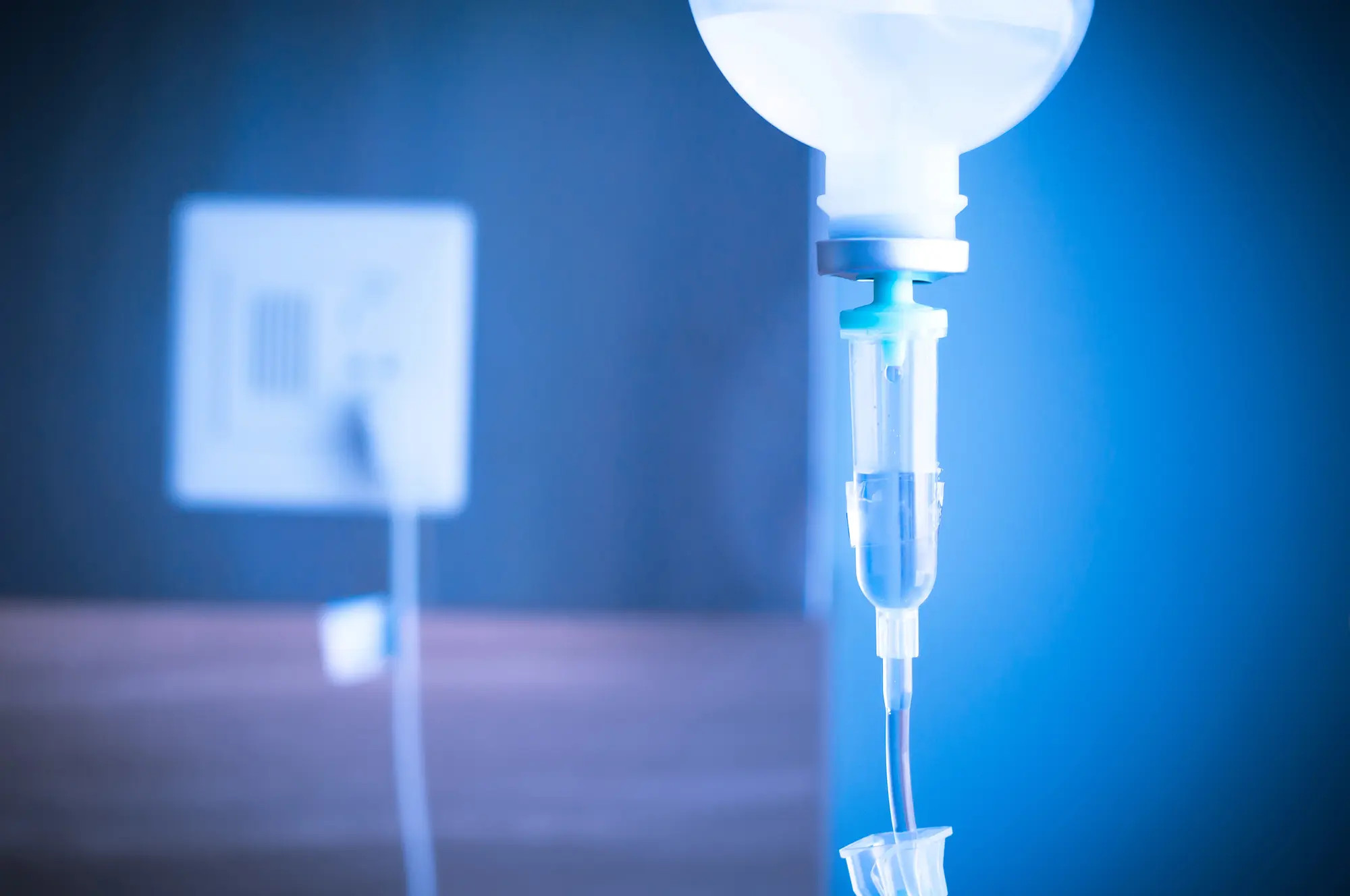
Properly labeling chemicals in a lab is incredibly important. Here is a guide explaining why you should take special care in this process and how to make your labels as clear and accurate as possible.
Chemicals in the lab must be properly labeled for a number of reasons. The effectiveness of your experiments and the safety of people working in your lab are at stake. Here are some more reasons why properly labeling chemicals is important:
Have a system for how inventory will take place in your lab, and set up checks that will prevent chemicals from being mislabeled as much as possible. Accuracy is necessary beyond the labeling process so it is so vital for labels to be accurate from the beginning.
Inaccurate labeling can lead to failed experiments that waste valuable time and resources after scrapping an entire process. Aside from being unsafe, it is also harmful to your lab's workflow.
Knowing when chemicals expire is an essential part of keeping everyone in a lab safe. You could use expiration dates as a way to organize your lab, but regardless they must be laid out clearly on your label. The labels should indicate when they expire and when they could be unstable. Without this information, it will be easy for experiments to fail because of unusable materials — something that could be avoided with proper labeling.
Labeling storage containers in addition to ingredients is important. You should make sure information such as appropriate room temperatures are listed on storage container labels. It is helpful when people in your lab can get all the information they need as easily as possible.
Certain chemicals need to be stored in a specific type of container, which is important to indicate on the chemical label. On the storage label, it should be clear whether or not certain other chemicals can be stored alongside whatever is already inside.
Make sure you organize your containers in a way that is clear to everyone working in your lab to avoid confusion.
Safety should be at the forefront of your mind no matter what you're doing in the lab. There could be negative implications for people's safety if chemicals in the lab are not labeled properly. Many chemicals pose a threat to various aspects of a person's health by various means, so keeping them appropriately separated and knowing how to handle them is essential to keep people in the lab as safe as possible.
Knowing how to properly label lab chemicals is the only way to ensure everyone is on the same page. Here is what you need to know about making sure the chemicals in your lab are appropriately labeled:
Different chemicals react differently to different types of materials. This is why it is very important to make sure the material of the storage container will not have a bad reaction with the chemical inside. This information should be on the chemical's label because there could be a situation in which the chemical needs to be moved to a new container. Having the type of container it should be stored in printed on the label will ensure things in your lab continue running smoothly and everyone is kept safe.
Labels for chemicals should be pre-printed unless that is not an option. Handwriting can be hard to read or easily smear on labels. Having your labels pre-printed limits the risk for error as they will be printed clearly and in a way that everyone can read.
You also must choose labels that are the right material and will not be damaged by the chemical should there be a leak. This may mean labels that are alcohol-resistant or able to be stored in certain extreme temperatures.
The label also needs to be an appropriate size to fit all the information. People working in the lab should be able to read the information clearly — there should be enough space between lines and a large enough font.
There are several pieces of information that are essential for a label to be effective:
Chemical name: Ensure the name of the chemical is spelled out correctly and in its entirety. It is best to avoid abbreviations or formulas on a label.
Date prepared: Chemicals have varying shelf lives, which is why indicating the date they were prepared is very important to avoid wasted experiments as much as possible. Other chemicals grow more dangerous the older they are, which is another essential reason to indicate that date.
Date opened: Depending on how the chemical is stored and its properties, the date it is opened may be just as important, if not more so, than the date it was prepared. Exposure to the air may cause it to lose effectiveness or become more dangerous quickly.
Use by information: Although the date prepared and date opened would give a clue as to when the chemical should be used by, indicating that clearly will be helpful. This may be something like “one week after opening” or a specific date, depending on the chemical and how it is stored.
Hazard information is incredibly important to include on chemical labels to keep people in your lab safe. This includes what the chemicals should be kept away from, how they should be stored, the hazard they pose to people and anything else of relevance so your staff knows exactly how to handle them.
Hazard information to include on labels might include:
Flammability
Presence of acids or toxins
Radiation
Explosivity or radioactivity
Contact Nev's Ink today to learn more about how we can provide custom solutions to your lab's labeling needs. We offer a variety of types of labels , including pre-printed ones if you are not looking for a customized option. When you order from Nev's Ink, our orders ship within six days, and if they are in stock, they ship in less than 24 hours so you don't have to wait to get your lab in order.